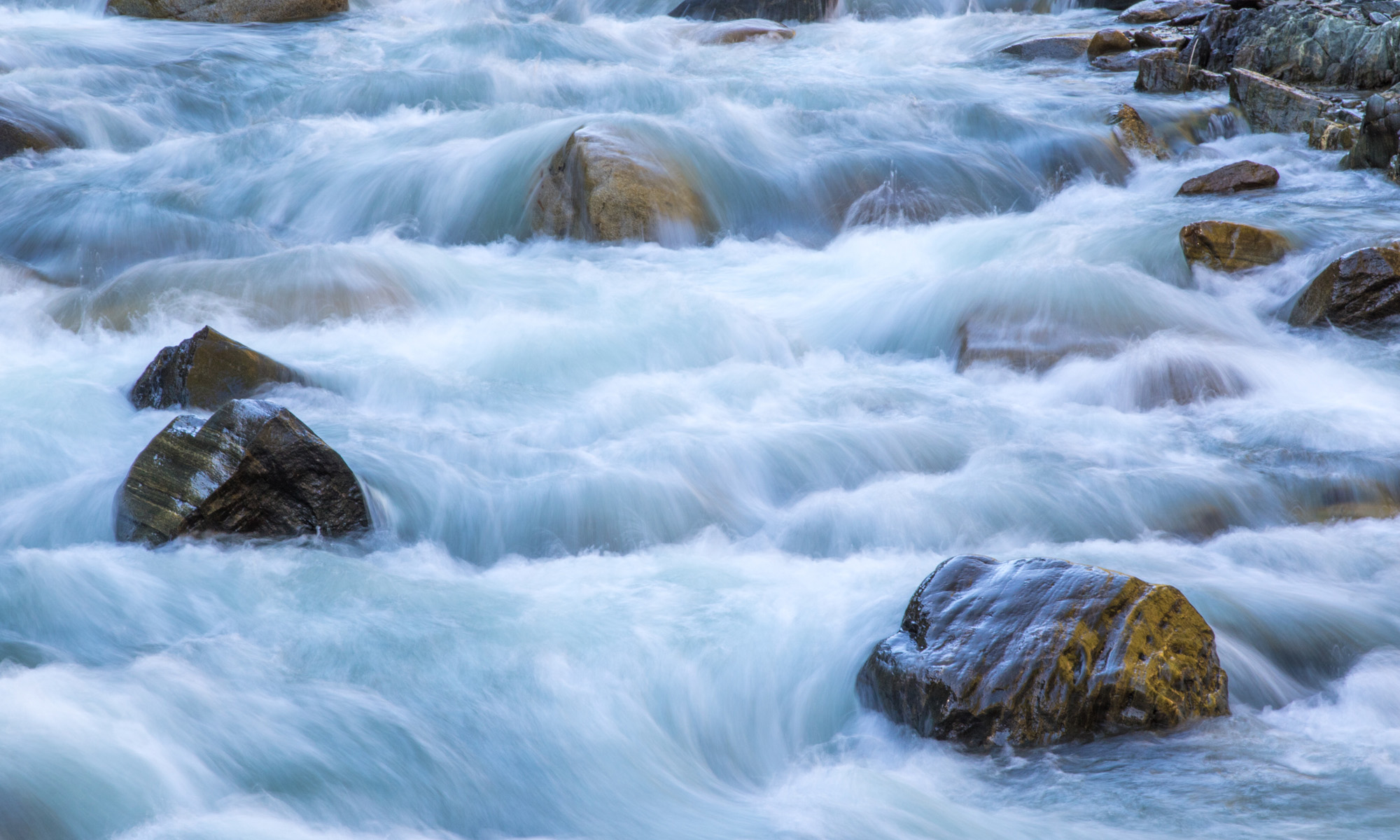Today’s Question: My computer is running out of storage space. Can I delete the smart previews from my catalog? Can I delete them from the folder that contains my Lightroom catalog, or should I do it within Lightroom?
Tim’s Quick Answer: To delete Smart Previews in Lightroom, I recommend Using the menu command Library > Previews > Discard Smart Previews. You can first navigate to the folder that contains the photos you want to remove Smart Previews for, or even choose the All Photographs collection in the Catalog section of the left panel in the Library module. Then choose the Discard Smart Previews command, and choose the “Discard All” option if you want to discard previews for all photos in the current location.
More Detail: In theory you could simply delete the Smart Previews file from the folder where your Lightroom catalog is stored. However, because you are able to work offline in the Develop module with Smart Previews, there is some risk that you could lose changes you’ve applied to photos based on Smart Previews.
Instead, I recommend using the Discard Smart Previews command from within Lightroom. First navigate to the location that contains the photos you want to discard previews for. As noted above, you could also select the “All Photographs” collection from the Catalog section of the left panel in the Library module if you want to discard all Smart Previews for all photos in your catalog.
You can then choose Library > Previews > Discard Smart Previews from the menu. In the confirmation dialog you can choose Discard All if you want to discard Smart Previews for all photos from the current location, rather than only the selected photos.
I do recommend performing a optimization of your Lightroom catalog after performing this type of task, which can help optimize the catalog and improve performance. This is an option available when you perform a catalog backup in Lightroom, but you can also choose File > Optimize Catalog from the menu to begin the optimization process.

